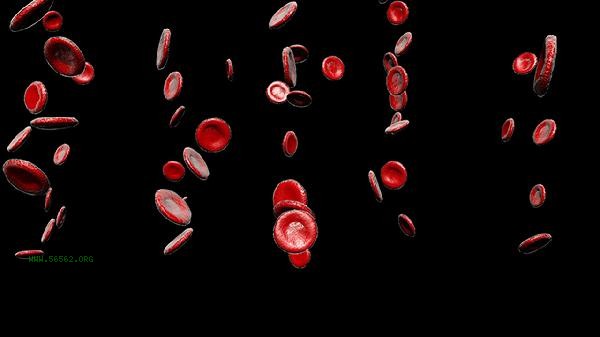Low eosinophil count may be caused by physiological factors such as stress response, hormone use, or pathological factors such as acute infection or Cushing's syndrome, and usually requires comprehensive judgment in combination with other indicators. The main influencing factors include elevated levels of glucocorticoids, acute bacterial infections, severe burns, long-term stress states, and abnormal bone marrow hematopoietic function.

1. Hormone level changes:
Increased secretion of glucocorticoids directly inhibits eosinophil production. Cushing's syndrome, exogenous hormone therapy such as prednisone, or physiological stress response can all lead to an increase in adrenal cortex hormones, thereby reducing the release of eosinophils in the bone marrow. This type of condition is usually accompanied by characteristic manifestations such as full moon face and centripetal obesity, and needs to be diagnosed through cortisol testing.
2. Acute infection:
Bacterial infections such as pneumococcal pneumonia can trigger the body's immune response, leading to an increase in neutrophils and a relative decrease in eosinophils. The inflammatory factors produced during infection can inhibit eosinophil differentiation and accelerate its apoptosis. Blood routine often shows a significant increase in the proportion of neutrophils, and it is necessary to evaluate the degree of infection by combining indicators such as C-reactive protein.
3. Severe trauma:

Systemic inflammatory response syndrome (SIRS) caused by extensive burns or trauma can lead to an increase in eosinophil migration to tissues and a decrease in peripheral blood count. After trauma, the body releases a large amount of catecholamines and cortisol, further inhibiting bone marrow hematopoietic function. Such patients often have an increase in total white blood cell count but a decrease in absolute eosinophil count.
4. Chronic stress state:
Long term mental stress, excessive fatigue, and other chronic stresses can continuously activate the hypothalamic pituitary adrenal axis, leading to abnormal levels of glucocorticoids. This state may cause persistent eosinophilia, accompanied by a decrease in lymphocyte proportion. After improving lifestyle, many indicators can gradually recover.
5. Bone marrow suppression:
Hematopoietic system diseases such as aplastic anemia and myelodysplastic syndrome can affect the differentiation of eosinophil progenitor cells. This type of condition is often accompanied by a decrease in whole blood cells and requires a clear diagnosis through bone marrow puncture. External factors such as chemotherapy drugs and radiation may also temporarily suppress bone marrow hematopoietic function. When the eosinophil count is found to be low, it is recommended to avoid vigorous exercise and high-fat diet to reduce the body's stress response, and to supplement foods rich in vitamin B12 and folate such as animal liver and dark green vegetables appropriately to support hematopoietic function. If there are persistent abnormalities or accompanied by symptoms such as fever and bleeding, timely bone marrow examination, endocrine hormone testing, and other specialized evaluations are necessary. Daily attention to recording changes in body temperature and fatigue levels can help doctors determine the progression of the cause.









Comments (0)
Leave a Comment
No comments yet
Be the first to share your thoughts!